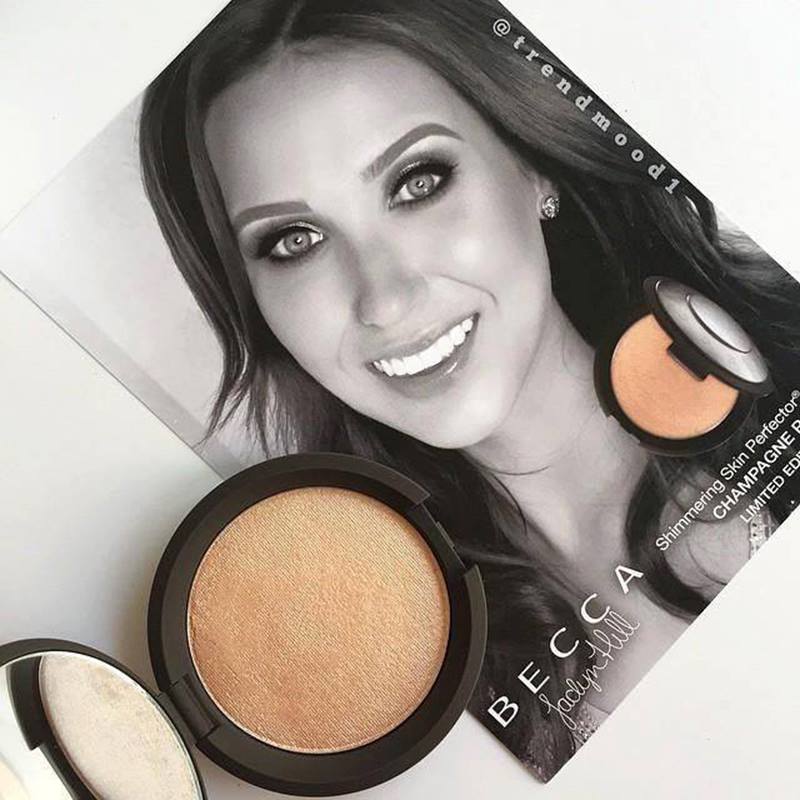Connect Your Brand With The Right Digital Influencers
A summary of all you need to know about the power of digital influencers.
In recent years, we’ve seen a rise in digital influence in marketing. This is where brands use influencers to connect to more people, grow their reach and build a bigger and better network of trusted and passionate followers. Brands use various methods to help them identify particular individuals that have the right audience for their products and services to enable them to expand their reach. These relationships also benefit the influencer, offering a better chance at entrepreneurial success and numerous perks such as being considered an expert in your field as well various financial or non-financial incentives. It’s a win-win situation.
Surveys show that audiences trust influencers 92% more than brands. This presents an opportunity for brands, as they can extend the trust people have in influencers to their products or services. Customers are far more likely to trust a recommendation from a friend rather than a brand advertising themselves.
If you’re new to this, don’t panic. We’ve got you covered! Having digital influencer at your side is a powerful way to help you increase your reach and promote the credibility of your brand. Here is a summary of all you need to know to get you started:
Digital influencers and what they mean
Influencers are usually social media users that have managed to build a large, engaged and active following. Any individual that has the complete attention of their audience, and has the ability to change opinions and influence behaviours, can be referred to as an influencer. They are specialists in their niches, and have established high levels of trust and two-way communication with their followers. Digital influencers are leaders within their communities, and followers want to be just like them – eat what they eat, wear the same clothes and buy what they buy. They are to be found mostly on all the primary social media platforms including YouTube, Facebook, Twitter, Instagram, Snapchat and Pinterest.
With Digital Influencers on your side, you have the potential to put your brand in front of a huge audience. Snapchat, for instance, is home to 310 million monthly active users watching an estimated 10 billion videos a day. Another example is Pinterest which boasts a massive 100 million active users per month. Influencers are those that can help your brand leverage the power of platforms like Snapchat or Pinterest.
All of these qualities make influencers very attractive to brands to work with. Therefore, brands nowadays are willing to spend a lot so that target users associate their products or services with a favourite influencer. On one hand, brands get exposure to consumers that are already interested and likely to buy. On the other hand, consumers are more likely to trust a human rather than a brand, one they feel they know on a personal level and can interact with.
Types of digital influencers marketers should know about
The term ‘influencer’ used to be used to describe celebrities: Kim Kardashian, Cristiano Ronaldo, Ellen DeGeneres, and many more. However, now not only the rich and famous can make an impact but also popular bloggers, social stars or even everyday consumers. Everyone that has access to social media has potential to become an influencer.
Influencers can be identified among three types depending on their level of reach:
1. Micro-influencers: They are individuals with smaller followings on social media – typically in the thousands or tens of thousands. However, they have high engagement rates and much more targeted audiences. They are typically more affordable than celebrities and are more authentic, posting real content their followers actually can relate to. Based on personal experience with a brand and strong relations with their following, this type of influencer has the highest brand relevance and the greatest ability to drive a desired action from their audience. Best to be used for engagements and conversions.
Banana Republic is a great example of using Instagram fashion and lifestyle micro-influencers. They partner with men and women from small to medium sized accounts to model its clothing in various settings. This way influencers produce authentic content for Banana Republic and create awareness with their followers.

Banana Republic produced 13 campaigns in total, reaching 43.2M consumers. Not only did they significantly increase brand awareness, but also managed to get hundreds of shots of their products in a very cost-effective way.
2. Macro-influencers: They’re unlikely to be found on red carpets but can sometimes have as many as millions of followers on social media and are very well-known in their respective niches. They could be executives, journalists or bloggers, and are often regarded as thought leaders in their industries. Having hugely popular macro-influencer to your side can help you achieve significant results in very little time. However, the more followers the influencer has, the higher the cost of working with them. Best to be used for brand awareness and engagement.
A great example here would be the collaboration between Becca and Jaclyn Hill. Becca is an Australian cosmetics brand that started back in 2001, and by 2012, their products were sold in more than 36 countries. In 2016, Becca was acquired by Estée Lauder, but continues to rely on influencer marketing for growth.

Their collaboration with Jaclyn Hill, a digital macro-influencer and YouTube star, helped the brand achieve huge growth and brand awareness. Together they created a special-edition highlighter, Champagne Pop, that quickly gained popularity and became Sephora’s top purchase on its release day.
3. Mega–influencers: Simply put, these are social media celebrities with over a million followers. They have the highest reach levels and engagement per post. However, all this comes with a price, and usually only the huge names in the industry can afford them. Unlike the example below, mega–influencers are not always that influential especially when the aim of your campaign is conversions as they have the lowest ability to drive desired action from audiences. Best to be used for brand awareness and impressions.
Adidas launched an influencer-driven social media marketing campaign to outperform main competitors. The campaign focused on young people and the idea behind it was to generate content created by users using the hashtag #MyNeoShoot.

Adidas used the social influence and celebrity status of Selena Gomez to encourage followers to share shots of themselves wearing Adidas products.
The campaign was hugely successful, generating over 12k entries and 71k #MyNeoShoot hashtag mentions. Adidas sales increased by 24.2% while their main competitor, Nike, experienced a drop of 9.1% in sales.
One of the biggest issues when starting an influencer marketing campaign is finding the right influencers to reach out to. The temptation, in many cases, is to go for the big guys, as they have the biggest audiences and the most influence. But finding the right fit is more important. It’s not only the extent of the reach that matters, but also how engaged and targeted this audience is. It’s important to bear in mind that the more followers an influencer has, the more brand awareness you get but the conversion rate is likely to be lower.
Find the right influencer for your brand
Once you’ve made up your mind and decided on which type to go with, it’s time to identify an influencer that is the right fit for your brand. There are various factors that can help you judge how useful an influencer would be, specifically taking into account your target audience.
• Followers demographics and engagement
Post engagement is all about followers and how likely are they to like, comment, or share the posts of your chosen influencer. Do people respond, ask questions or initiate conversation? The more engaged the audience is, the stronger the relationships between the influencer and his followers are. Look for someone that is actually engaging their followers, not just pushing content.
Furthermore, you should try to choose an influencer whose followers are of a similar age and gender to your target audience. Therefore, you’ll first need to have a clear idea of what your typical customer or client is, and then search for an influencer whose followers match that persona.
• Content relevance
Not only is important to find an influencer whose followers’ age and gender match these of your target audience but also how closely related is the content published by the influencer to your brand. Your brand won’t benefit if the influencer’s niche does not relate to you. You need to make sure that the content your influencer creates is aligned with what your brand is all about.
Is your target audience going to be interested in the content that the influencer creates? Who is the one that best engages your target audience? Who is trending in your industry on Twitter? For example, if you’re selling exotic travel, target an influencer that tells stories about their experiences around the world, shares videos of their travels and generally promotes the good life, we all dream about.
• Authenticity
Authenticity is essential. As a brand, it builds brand loyalty and trust, therefore, you need an influencer that is honest and speaks from personal experience. Someone that’s not simply trying to sell a product because they’re being paid for it, but someone that is genuinely interested in helping by providing value. You need an influencer who’s able to tell memorable and compelling stories that are meaningful to your target consumers.
Would you trust a recommendation of an influencer yourself? Engaging stories also tend to get more shares and comments that blunt deals or product reviews. Sometimes it’s made too easy for users to see when content is sponsored. This immediately reduces credibility and trust in what this influencer shares with their audience and resembles more traditional advertising rather than influencer marketing. Allow for your influencer’s personality without giving too much direction as this makes the post less genuine. Stay true to your brand but don’t force influencers to say things they don’t truly believe. Followers will view it as straight advertising, and you don’t want that.
Final thoughts
Influencer marketing has proven to be a highly-effective method for brands to build and engage with their target audiences on social media. Influencers and their authentic content help brands grab the attention of consumers and gain their trust. Influencer marketing is not just helping your brand but also helping influencers grow professionally as well. It’s all about give and take, so don’t make the mistake in approaching influencers with a take-only mindset. You need to be able to provide value in return and build strong relationships with your influencers. This is how you will make it a win-win situation.
With a well-developed strategy, collaborating with influencers can help you market your brand more effectively!























